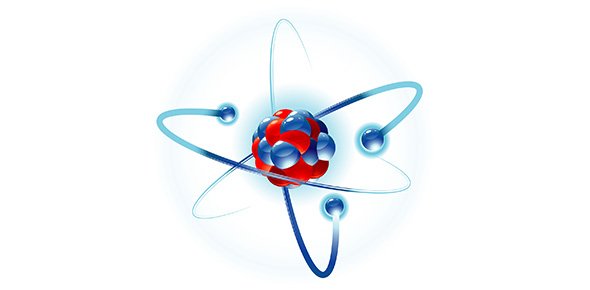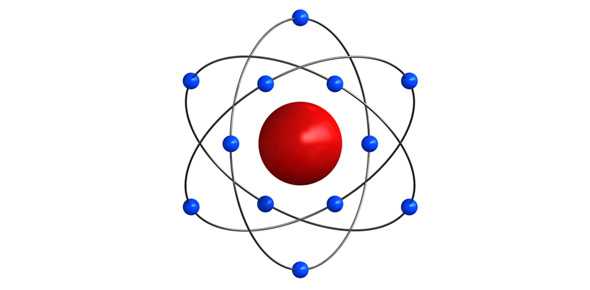Related Flashcards
Related Topics
Cards In This Set
| Front | Back |
|
4.1.1:
Describe the ionic bond as the
electrostatic attraction between
oppositely charged ions.
|
Ionic bonds are formed from the electrostatic attraction between oppositely charged ions.
|
|
4.1.2: Describe how ions can be formed as a
result of electron transfer.
|
Atoms can lose or gain electrons. Metals will tend to lose, nonmetals gain. Form ions, non-neutral charge.
|
|
4.1.3: Deduce which ions will be formed
when elements in groups 1, 2 and 3
lose electrons.
|
Positive (+) ions are formed. Cations
|
|
4.1.4:
Deduce which ions will be formed
when elements in groups 5, 6 and 7
gain electrons.
|
Negative (-) ions formed. Anions
|
|
4.1.5:
State that transition elements can
form more than one ion.
|
Include examples such as Fe2+ and Fe3+.
Transition elements form more than one ion (different charges). |
|
4.1.6:
Predict whether a compound of
two elements would be ionic from
the position of the elements in
the periodic table or from their
electronegativity values.
|
If the electronegativity difference is large, polar.
|
|
4.1.7:
State the formula of common
polyatomic ions formed by non-
metals in periods 2 and 3.
|
Examples include NO− , OH–, SO2− , CO2– , PO3− , NH+ ,
HCO3−.
|
|
4.1.8:
Describe the lattice structure of ionic
compounds.
|
Students should be able to describe the structure
of sodium chloride as an example of an ionic lattice. 3D structure with anions and cations.
|
|
4.2.1:
Describe the covalent bond as the
electrostatic attraction between
a pair of electrons and positively charged nuclei. |
Single and multiple bonds should be considered.
Examples should include O2, N2, CO2, HCN, C2H4
(ethene) and C2H2 (ethyne).
|
|
4.2.2:
Describe how the covalent bond is
formed as a result of electron sharing.
|
Dative covalent bonds are required. Examples
include CO, NH+4 and H3O+.
Covalent bonding results from electron sharing between non-metals or a non-metal and a metal of higher electronegativity. The electron pair is attracted by both nuclei leading to a bond that is directional in nature. |
|
4.2.3:
Deduce the Lewis (electron dot)
structures of molecules and ions for
up to four electron pairs on each
atom.
|
A pair of electrons can be represented by dots,
crosses, a combination of dots and crosses or by a
line.
|
|
4.2.4:
State and explain the relationship
between the number of bonds, bond
length and bond strength.
|
The comparison should include the bond lengths
and bond strengths of:
|
|
4.2.5:
Predict whether a compound of
two elements would be covalent
from the position of the elements
in the periodic table or from their
electronegativity values.
|
Low difference in EN values is covalent.
|
|
4.2.6:
Predict the relative polarity of bonds
from electronegativity values
|
More electronegative will attract electron, positive side.
|
|
4.2.7:
Predict the shape and bond angles
for species with four, three and two negative charge centres on the central atom using the valence shell electron pair repulsion theory (VSEPR). |
Examples should include CH4, NH3, H2O, NH4+, H3O+,
BF3, C2H4, SO2, C2H2 and CO2.
|





